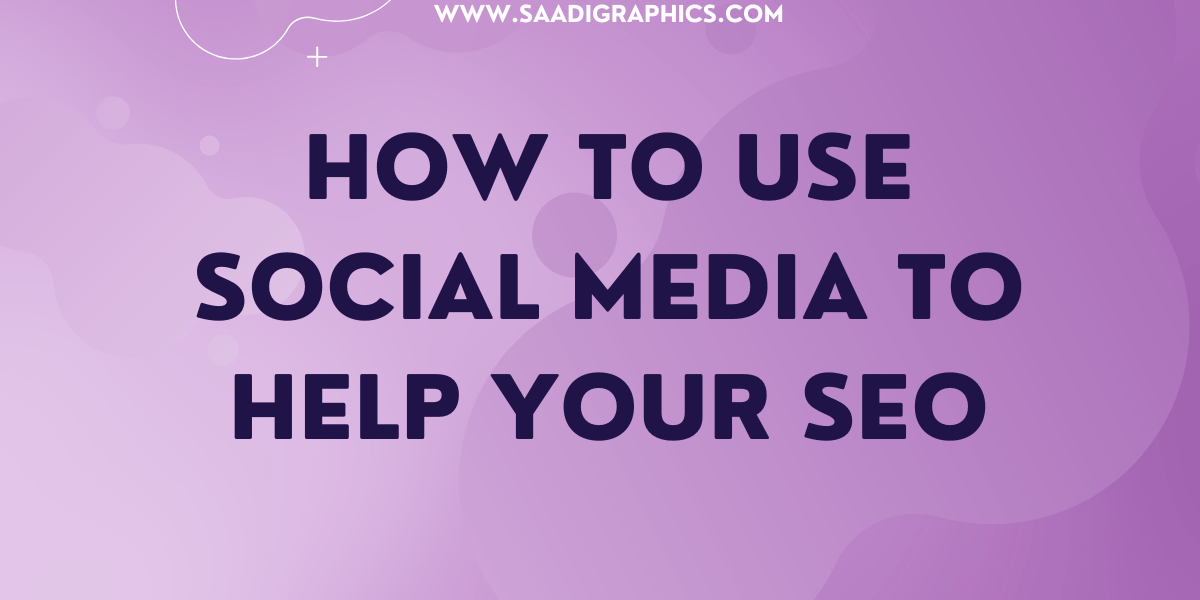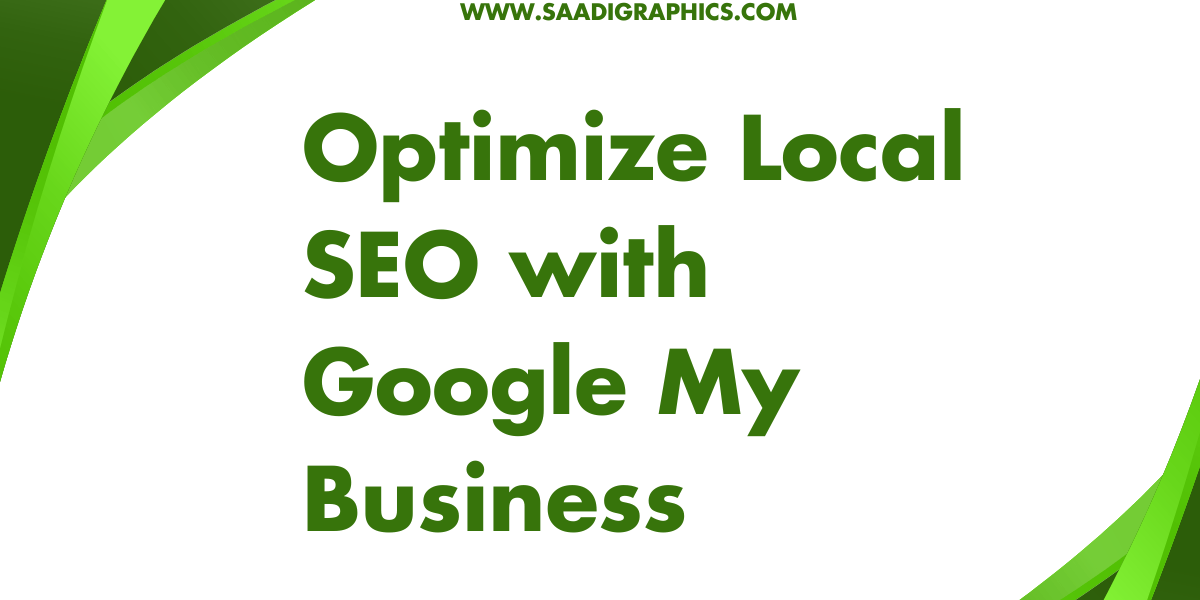Did you catch how companies like Nike or Spotify are animating their logos with silky smooth movements? That’s the magic of motion graphics, and it’s a storm that’s sweeping the branding industry in 2025. As companies fight to be heard in an increasingly virtual world, animated logos, intros, and social media are becoming the go-to tools to get noticed. Having worked with creatives who’ve embraced this trend, I’ve seen firsthand how motion graphics can transform a static identity into something dynamic and memorable. This blog dives into why motion graphics are on the rise, how they’re reshaping branding, and practical ways to get started.
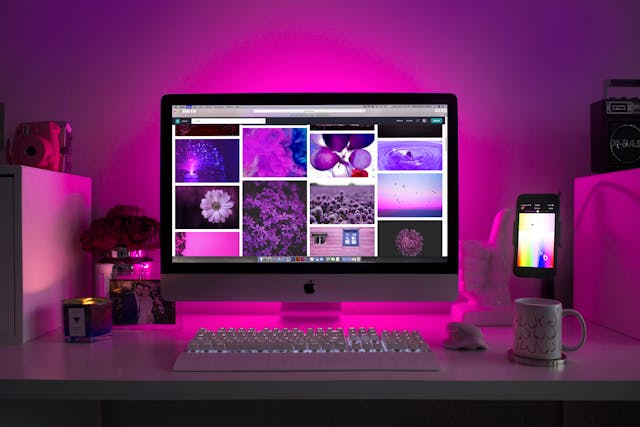
Why Motion Graphics Are Dominating Branding
Motion graphics bring a brand’s story to life, adding movement to logos, advertisements, and social posts. By 2025, when video content will make up 82% of internet traffic, brands are using this trend as an opportunity to get attention in seconds. Static images cannot, motion graphics do—consider Coca-Cola’s playful logo animation or Apple’s sophisticated product announcements. This is a sign that there is a greater demand for engagement, particularly on Instagram and TikTok, where animated branding just happens to cut through the clutter. It’s not a trend; it’s a strategic shift based on consumer demands.
The Influence on Brand Identity
Greater Engagement
Animated logos and intros engage audiences quicker than flat designs. A friend who owns a small design shop saw the inquiries from clients rise 30% after putting motion graphics into their portfolio site. The gentle bounce of a logo or a flowing tagline makes audiences continue watching, increasing brand recognition.
Storytelling Power
Motion graphics enable brands to share stories in bite-sized video clips. Consider a recent Adidas campaign in which animated sneakers danced across screens to put sustainability measures in the limelight. This ability to tell stories makes motion graphics an ideal choice for expressing values and relating to viewers on an emotional level.
Consistency Across Platforms
With businesses operating on multiple channels, motion graphics ensure a unified look. A consistent animated style—whether it’s a looping intro or social media ad—reinforces brand identity. I’ve seen a startup streamline its YouTube and LinkedIn presence with a single motion graphics style, saving time and boosting recognition.
Tools to Create Motion Graphics
Adobe After Effects: The Industry Standard
After Effects is still the motion graphics go-to, providing sophisticated animation and effects. Its 2025 release has AI-powered motion tracking, which simplifies animating complicated sequences. Begin with a basic logo bounce to learn the ropes.
Cinema 4D: Smooth and Intuitive
Respected for 3D design, Cinema 4D is best at making fluid motion graphics. The real-time rendering of the latest version accelerates workflows, which is perfect for brand videos. Experiment animating a rotation of a 3D logo to experience its capabilities.
Blender: A Budget-Friendly Alternative
Free tools in Blender are making waves in motion graphics with its 2025 animation updates. It’s ideal for low-budget creators. My colleague used Blender to create a beautiful brand intro, which is a testament to its potential.
Online Tools: Canva and Animaker
For newbies, Canva’s motion graphics templates and Animaker’s drag-and-drop design make for easy solutions. These platforms are ideal for small companies who want pro-looking animations without breaking their heads over complicated learning processes.
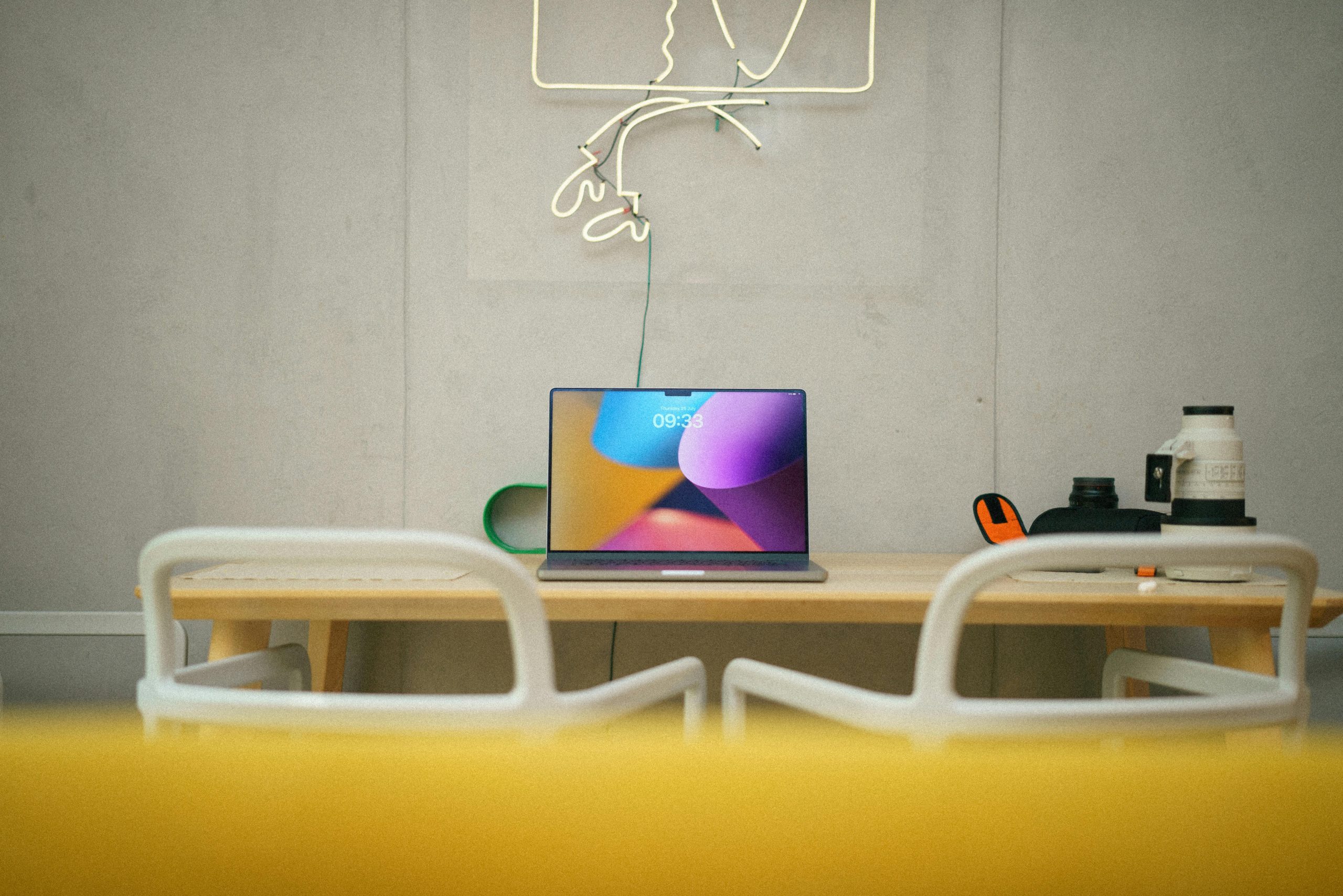
How to Use Motion Graphics in Branding
Begin with a Logo Animation
Start off by animating your logo—use a fade-in or a spin animation. Don’t overdo it, keep it at under 5 seconds to keep it impactful. I assisted one of our local cafes in animating their coffee mug logo, and they loved it on their social media.
Create Engaging Social Media Content
Utilize motion graphics for TikTok or Instagram Reels ads. Have product spotlights or behind-the-scenes footage animated to keep followers interested. One client experienced a 25% increase in engagement after creating animated teasers.
Design Video Intros
Create a 10-15 second intro for YouTube or webinars. Add your brand colors and a tagline with seamless transitions. This consistency makes your brand presence stronger across platforms.
Work with Animators
If internal talents are short, collaborate with freelancers on websites such as Upwork. Express your idea—e.g., a whimsical bounce for a toy company—and have their skill take center stage.
Overcoming Common Challenges
Learning Curve
Motion graphics mastery intimidates. Begin with YouTube tutorials—After Effects fundamentals took me a week to understand through practice. Divide it into bite-sized steps such as keyframes and effects.
Budget Constraints
High-end software like After Effects costs money, but free options like Blender or Canva’s free tier can work. A friend launched a brand campaign using only free tools, proving it’s doable.
Time Investment
Creating quality motion graphics takes time. Plan projects in phases—design, animate, refine—to manage deadlines. I’ve seen teams save hours by sketching storyboards first.
The Future of Motion Graphics in Branding
Ahead, motion graphics will expand with AI, making repetitive tasks such as keyframe adjustments effortless. The increasing popularity of interactive ads and AR branding—where animations react to user interactions—bodes well for the future. Brands who use these technologies early will set the pace, and 2025 is a turning point year for this art form.
Practical Tips to Get Started
Experiment: Try a basic animation in Blender or Canva to gain confidence.
Learn Continuously: Take a class on Udemy or read industry blogs such as Motion Array.
Showcase Your Work: Share projects on Behance to gain clients or commentary.
Stay Inspired: Look at branded content from influencers such as Google or Netflix for inspiration.
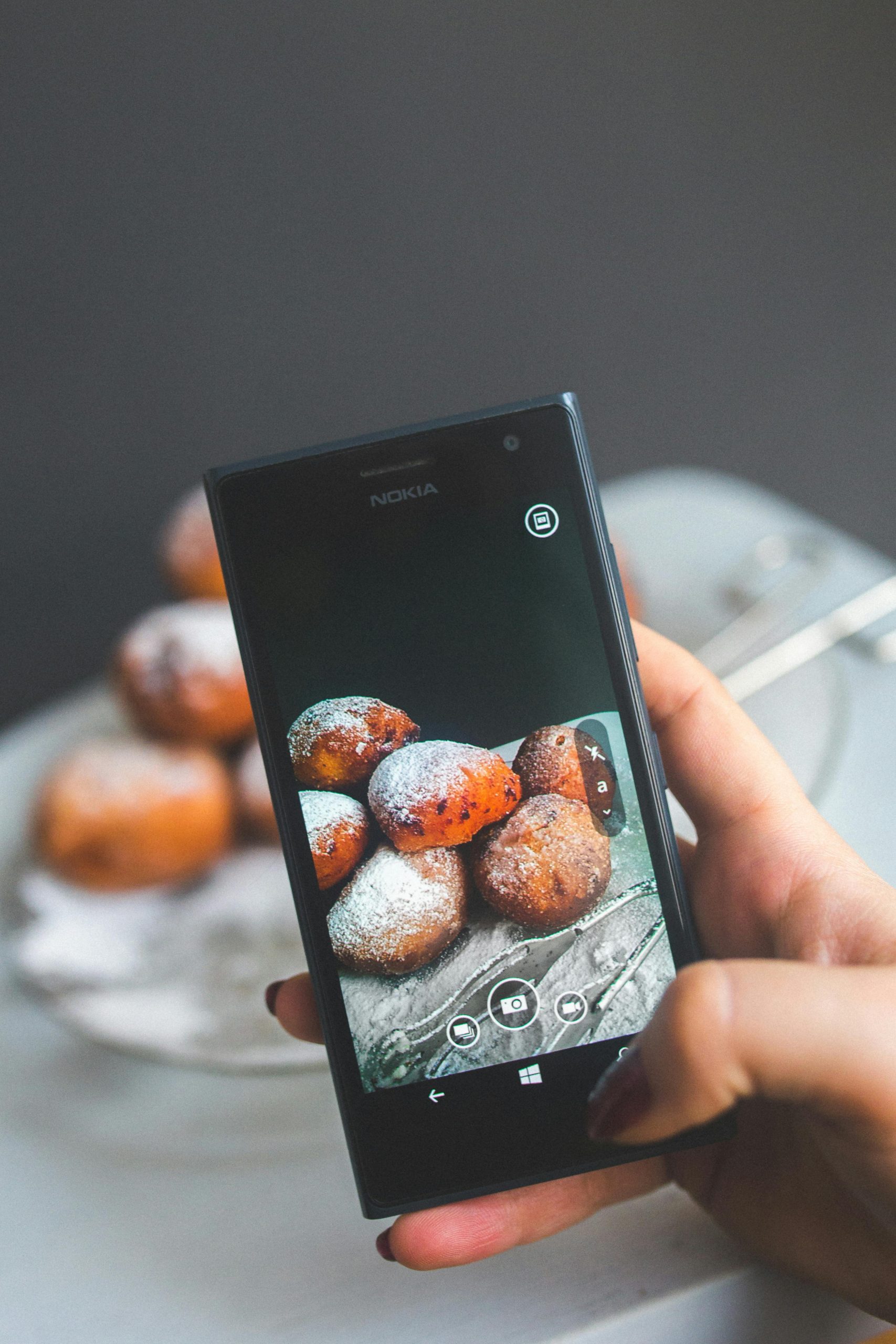
Conclusion
The growth of motion graphics in branding this year represents a move toward kinetic, compelling identities. Using resources such as After Effects and Blender, and techniques such as logo animations, companies can engage viewers like never before. Begin small—animate a logo or social clip—and bring your brand to life.


